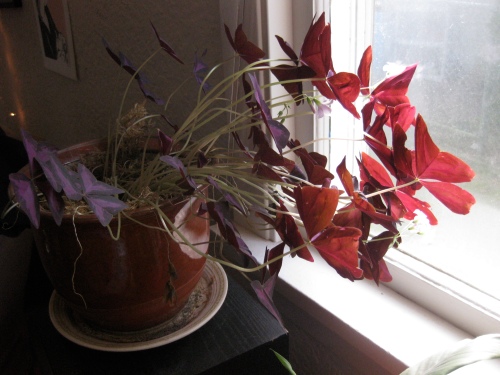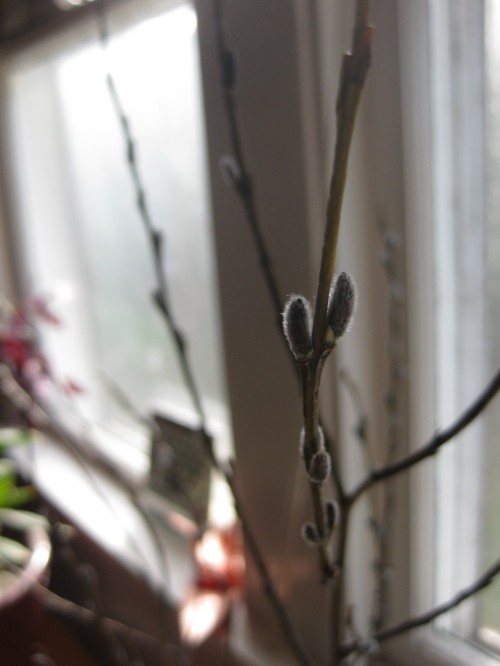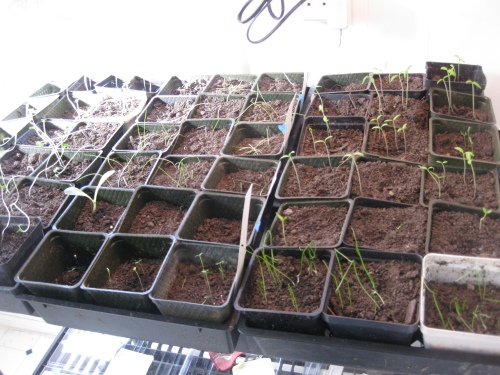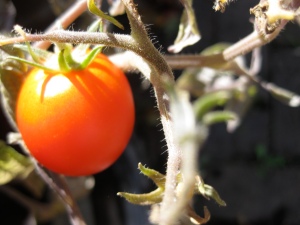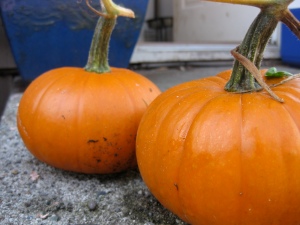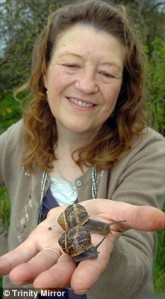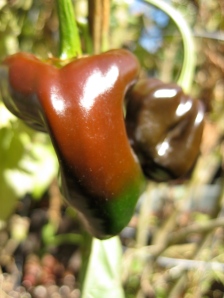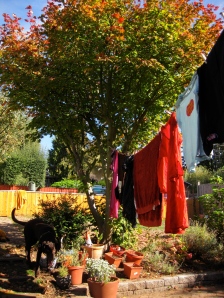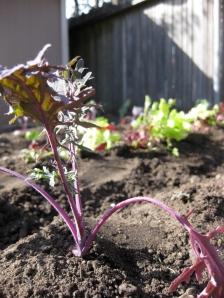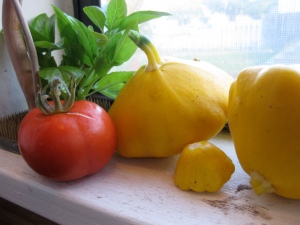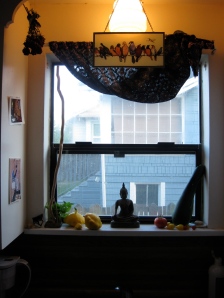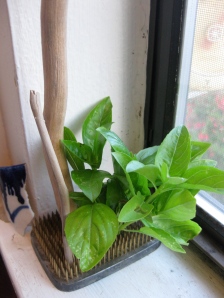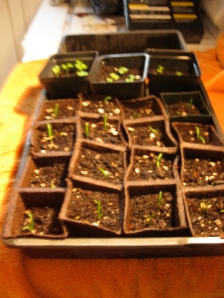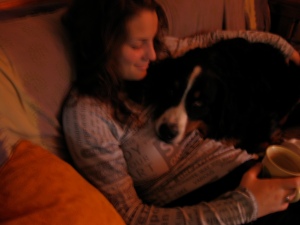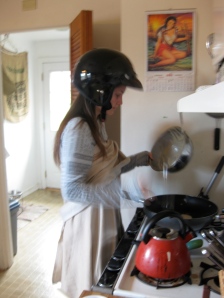“Maybe everyone felt this way at some point, when one realized there was a depth to one’s life and emotions beyond one’s own significance.”
-Kiran Desai, the Inheritance of Loss
A week ago, I was lying in bed next to Ryan in a tin-roofed cottage in an orchid nursery on a steep hillside in Kalimpong, India, scribbling in my journal, thinking forward to our return to the states. I began a sentence:
“I am trying to fathom”
and a power failure swallowed us in darkness. They’re part of ordinary life in India—usually happening several times a day and frequently lasting hours. I crawled off the bed and bumped around in the dark looking for the matches, which stubbornly refused to light when I struck them, as the dampness of August monsoon in the Himalayan foothills had softened their matchheads.
Digression: the dictionary of English etymology defines “fathom” as the length made by the outstretched arms, 6 feet. It is a verb for measuring depth, getting to the bottom of. In the world of sailing ships, a fathom is the same measurement, and in the days before electronic nautical instruments, a rope was stretched along one’s arms, and knotted at intervals matching the human reach. Once this rope was lowered into a water of unknown depth, the number of submerged knots would give an indicator of how far down the bottom lay. Fathoming. The word has always reminded me of Melville’s sailors, staring fearfully into the dark of the ocean. I learned in college that Moby Dick was a metaphor as much as it was a whale, and so I suppose it follows that in testing the depths of that deep water, sailors were searching for meaning as much as literal ground. In the act of fathoming, we make ourselves vulnerable. When we stand with arms outstretched, reaching our fingertips as far out as they will go, we expose our vital organs to the dangers of the world. And it is in this way, and this way only, that we are able to gain some idea of what it is that lies at hand.
After I’d struck a half-dozen Indian matches, one sputtered into flame, and I lit the 4 candles we’d been burning across India.
I crawled back into bed in the candlelight, and we lay without speaking. The forest was suddenly audible in the absence of the oscillating hum of the electric fan; now we heard the low buzz of thousands of crickets rubbing their legs together, the brushing of insects against the leaves and the echoing telegraph of the village dogs, passing messages in the streets. Ryan returned to his book, and I picked up my journal again. “It seems to me,” I wrote, “in the darkened silence, that we’re made aware of where we really are, this place it is we inhabit. Suddenly it feels like we’re surrounded by jungle-forest, even though we’re only dwelling in its edges. After all, it is vast enough, this thick green of the foothills of the Himalaya, that even roads and villages are little more than an interruption, and a small one at that, as all of this “civilization” could be washed into the river by the forest in the mudslides of a good monsoon. Listening, it seems the forest breathes between the paced exhalations of cricketsong, and having just read about the tigers of the Sunderbans [the mangrove-forested islands in the mouth of the Ganges River], I feel respectful and small in the dark.”
The lights and the fan clicked back on after only a short while, and I returned to the unfinished thought I’d begun before the power outage.
I am trying to fathom
Like many sentences in my journals, this one had been abandoned half-finished, interrupted by a distraction. I stared at it for a moment, bemused that it might actually constitute a complete sentence. Subject, me. Verb, fathom. I had left myself standing there on the page, arms outstretched, reaching into the darkness. It was, technically, complete, I supposed. But what had I been reaching for?
I am trying to fathom what I’ll say to my dear ones next week, when they ask
so how was your trip
which moments will I select for recapitulation? which observations will surface in my jetlagged disorientation? I realize I am trying to fathom what This All Means. These 32 days in India, living out of a backpack.
One the one hand, These 32 Days in India Living Out of A Backpack were nothing more than a collection of moments. They can be reduced to a list, of places, and journeys between places: cities, airports, trainstations, rowboats, hostels, lodges, rivers, mountains, monasteries and restaurants, faces, pots of tea, meals and evenings and books and rickshaws and tickets and rupees and bad maps and alleys and signs in Sanskrit.
I could recount all those details, and it would be an exercise akin to measuring the depth of the ocean by making note of the quantity of seaweed floating on its surface, or the size of the waves.
The real measure of the experience has nothing—and everything—to do with the details. There is no fathom-rope deep enough to get to the bottom of 32 Days in India Living Out of A Backpack. It is an ocean of murky emotional-intellectual-spiritual experience (which is also made of observable things, like waves and seaweed). Walkabout— wandering the world just for the sake of seeing what it has to show you— is an act that is, by its very undertaking, a fundamental unmooring from the Acccustomed, the Habitual, the Known, the Routine, the Familiar. Like a sailor setting out under the wind, you realize you are not entirely in control of where you end up. Like a sailor, you bring what you think you’ll need, the tools and clothes and bits of knowledge you think may best serve you. India, like the ocean, can change on you in a moment. Suddenly you’re in over your head, bobbing up and down and rubbing the sting out of your eyes, as wave after wave of new smells, tastes, sounds, and visions splash into you. You are washed over by culture, history, and curious, probing stares. You are confounded by new and ancient ways of doing things. And as the hours pass and you remember you never did have any control over all of this, you start to relax, and recognize the universal currents flowing around you, human suffering, joy, art, commerce. You start to take stock of all you have carried with you from home: preconceptions, useless luggage (why this pair of pants? why that assumption?). You feel deep gratitude for the things that prove useful: patience, that orange pashmina scarf from Emma, this nail clippers you got past airport security, that gluestick, open eyes, open heart…
You begin to realize things about yourself, attitudes and prejudices and capacities, revealed over the passing days, things you never really understood before. The country, the people, offer you a mirror in which to see yourself; your mannerisms, your skin color, your clothing, your privilege, your guilt, your joys, and the wellspring of patience that is infinitely deeper each time you dip into it. It is the kind of mirror most Americans conspire to keep covered, because the reflection is not always flattering to our ego. Yes, I see in the mirror of India, I am capable of racist thoughts. Yes, I am capable of walking past a starving child, reduced to bones and skin and eyes, sitting next to his unconscious mother on a traffic island surrounded by a chaos of cars and rickshaws and buses belching diesel fumes, walking past and doing nothing.
There’s plenty of beauty too, too much to take in, enough to bathe in the memories of it well into my old age. But I think the discomfort, the awkwardness, the truly unnerving took more fathoming, had more to teach me about myself.
Now I am home again, in the states, and my jeans and my music and my shower and my kitchen table and my house feel like a foreign country for the first few hours. I am trying, again, to fathom
what I’ve brought home. What it means to be here, to be of here, in my sweet kitchen, my backyard garden, the land of milk and honey, Michael Jackson and roads with lanes.
trying to fathom.
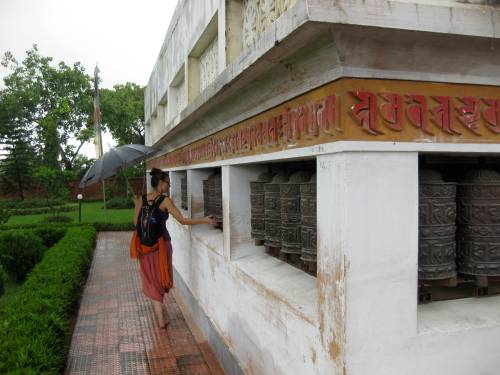
[wrote this listening to: \”First Breath After Coma,\” Explosions in the Sky
